Archives
- 2025-11
- 2025-10
- 2025-09
- 2025-03
- 2025-02
- 2025-01
- 2024-12
- 2024-11
- 2024-10
- 2024-09
- 2024-08
- 2024-07
- 2024-06
- 2024-05
- 2024-04
- 2024-03
- 2024-02
- 2024-01
- 2023-12
- 2023-11
- 2023-10
- 2023-09
- 2023-08
- 2023-07
- 2023-06
- 2023-05
- 2023-04
- 2023-03
- 2023-02
- 2023-01
- 2022-12
- 2022-11
- 2022-10
- 2022-09
- 2022-08
- 2022-07
- 2022-06
- 2022-05
- 2022-04
- 2022-03
- 2022-02
- 2022-01
- 2021-12
- 2021-11
- 2021-10
- 2021-09
- 2021-08
- 2021-07
- 2021-06
- 2021-05
- 2021-04
- 2021-03
- 2021-02
- 2021-01
- 2020-12
- 2020-11
- 2020-10
- 2020-09
- 2020-08
- 2020-07
- 2020-06
- 2020-05
- 2020-04
- 2020-03
- 2020-02
- 2020-01
- 2019-12
- 2019-11
- 2019-10
- 2019-09
- 2019-08
- 2019-07
- 2019-06
- 2019-05
- 2019-04
- 2018-07
-
br Introduction Melatonin N acetyl
2025-01-20
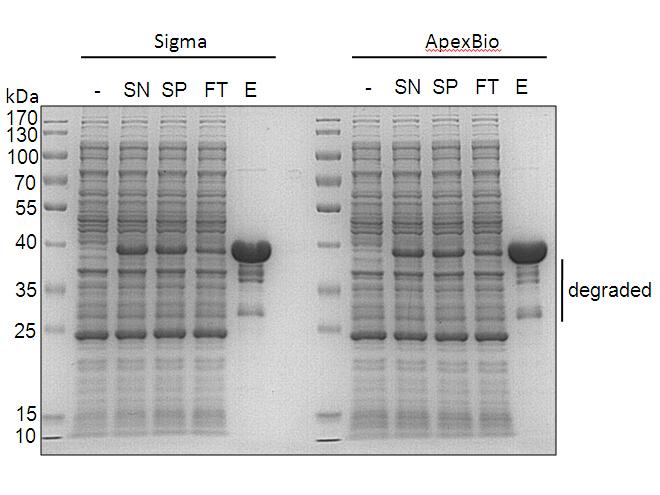
Introduction Melatonin (N-acetyl-5-methoxytryptamine) is a neurohormone which is mainly secreted from the pineal gland. Melatonin is a highly conserved molecule present not only in vertebrates but also in nonvertebrates such as bacteria, protists, fungi, macroalgae, and plants (Cecon et al., 2017
-
Two major categories of arginase inhibitors have been
2025-01-20

Two major categories of arginase inhibitors have been distinguished (Fig. 3): the first category comprises synthetic arginase inhibitors, which have been developed from the substrate l-arginine [35]; and the second category includes inhibitors derived from natural products [36]. The category of synt
-
br Conclusions The present protocol for localizing or spotti
2025-01-20

Conclusions The present protocol for localizing or “spotting” the site of action of an antioxidant in a micro-heterogeneous medium is based on the differences in its reactivity vis-à-vis the series of amphiphobic TEMPO derivatives 1a–f. Plots of the relative antioxidant effectiveness of a given A
-
br Materials and methods br
2025-01-20
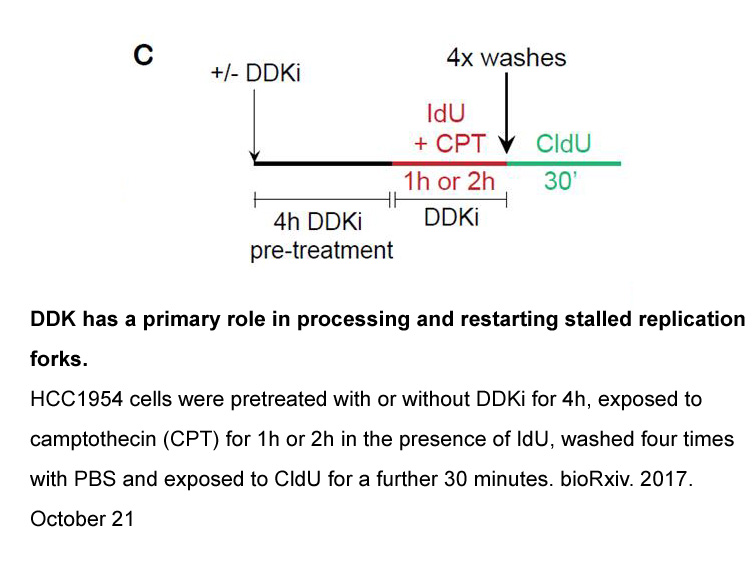
Materials and methods Results In order to evaluate changes in the amount of PKC-θ expressed by MEL cells at different stages of the cell cycle, we measured the level of the kinase in cells collected from cultures containing 90% of cells in the interphase or 80% cells synchronized at the metaph
-
We designed SSOs that block APP exon
2025-01-20
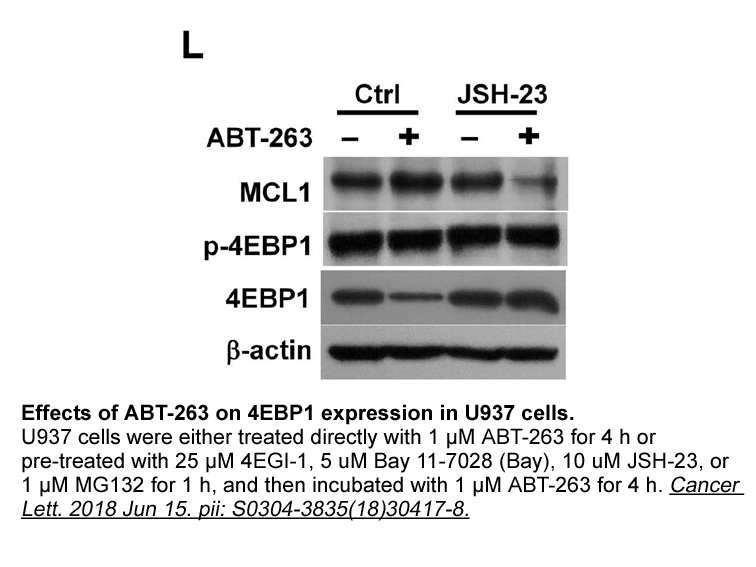
We designed SSOs that block APP exon 17 splicing and induce the production of an alternatively spliced APP mRNA lacking exon 17 (APPΔex17). APPΔex17 mRNA encodes an APP protein isoform that lacks 49 Cell viability measurement including the γ-secretase cleavage sites that give rise to the toxic, AD-
-
Another class of AMPK regulator is peptidyl prolyl cis
2025-01-20

Another class of AMPK regulator is peptidyl-prolyl cis/trans isomerase (PPIase) NIMA-interacting 1 (Pin1), which binds to a number of proteins and regulates oncogenesis and metabolic diseases (Khanal et al., 2013; Zhou and Lu, 2016). Pin1 has been shown to bind to and inhibit AMPK; therefore, at lea
-
br Materials and methods br Results br Discussion In
2025-01-20
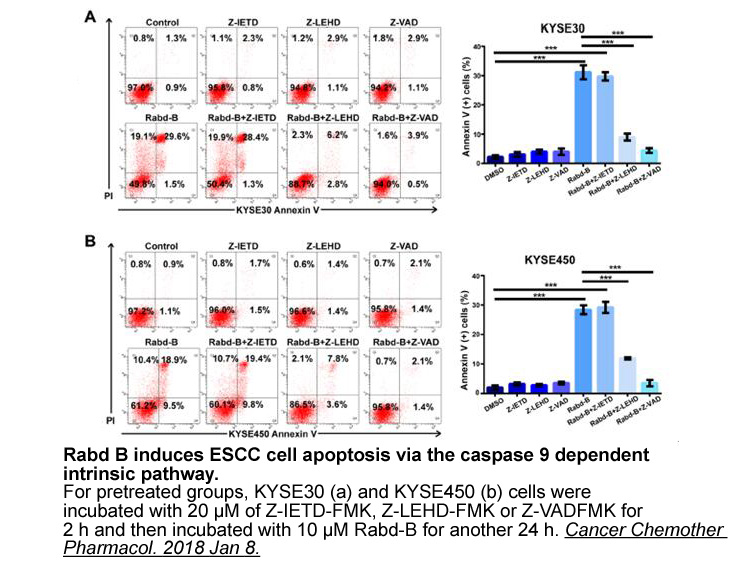
Materials and methods Results Discussion In the present study, we identified HBP1 as a novel substrate of AKT. This was demonstrated by in vitro phosphorylation assays and western blotting using phosphosite-specific antibodies. Three sites were identified by mass spectrometry and mutagenesi
-
Additionally regulation of GPCR heteromerization by specific
2025-01-20
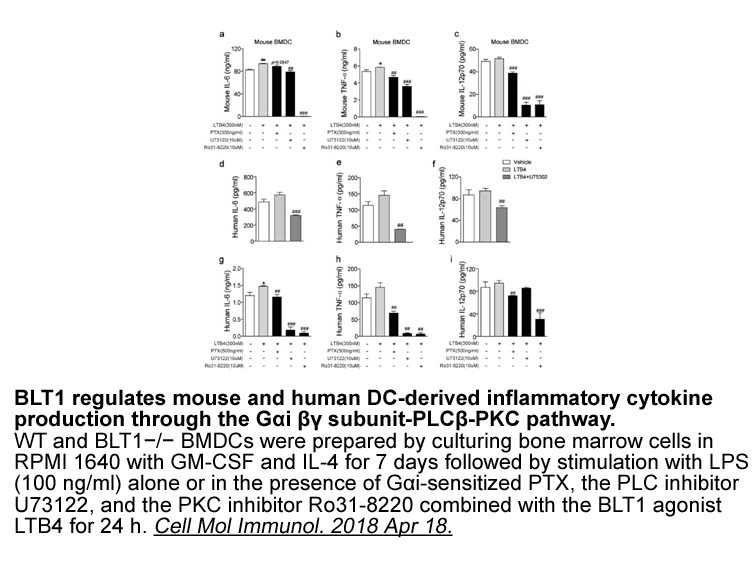
Additionally, regulation of GPCR heteromerization by specific ligands may depend not only on the affinity of ligands for receptors, but also on presence of different interacting proteins co-localizing with the receptors in the specific cell, which may induce some conformational changes and contribut
-
In order to get a better understanding of this synergy
2025-01-20

In order to get a better understanding of this synergy, we tested the effect of preliminary incubation of NVP-BKM120 Hydrochloride with non-stimulating concentrations of gonadotropins or FSK before subsequent stimulation by FSK or gonadotropins alone, also at sub-stimulating concentrations. We obser
-
The hypothalamic pituitary adrenal HPA axis
2025-01-18

The hypothalamic-pituitary-adrenal (HPA) axis is a neuroendocrine system that is central to regulating responses to stress (Palazidou, 2012). In older persons, a high dysfunction of the HPA axis is observed (Otte et al., 2005) which may be enhanced by stimulatory effects of genes involved in the axi
-
Analyzed by qRT PCR Fig the variation of
2025-01-18

Analyzed by qRT-PCR (Fig. 8), the variation of the expressions of DtACLA and DtACLB was fairly consistent in response to nitrogen deficiency, suggesting that DtACLA and DtACLB may be coordinate to function in the catalysis. It was reported that in Arabidopsis, the coordinated ACLA and ACLB mRNA accu
-
When skeletal muscle ages there is an increase
2025-01-18

When skeletal muscle ages, there is an increase in frailty, which is coincident with a decrease in muscle mass and function—this condition is called sarcopenia (Cruz-Jentoft et al., 2010). It has been shown that one of the major pathways downregulated at the onset of sarcopenia is the mitochondrial
-
As previously mentioned when hypoxia treated cells
2025-01-18

As previously mentioned when hypoxia-treated cells become re-oxygenated they sustain a significant amount of DNA damage which has been attributed to the formation of reactive oxygen species . This finding represents more than just an interesting in vitro phenomenon as within a tumor, cells have bee
-
The functional similarity between GPR and
2025-01-18

The functional similarity between GPR25 and APLNR, ie both can be activated by Apelin and Apela and are coupled to Gi-cAMP signaling pathway (Fig. 2, Fig. 3, Fig. 4), strongly suggests that GPR25 signaling may play important physiological and pathological roles in vertebrates more or less similar to
-
Introduction Heterotrimeric G proteins mediate signal transd
2025-01-18
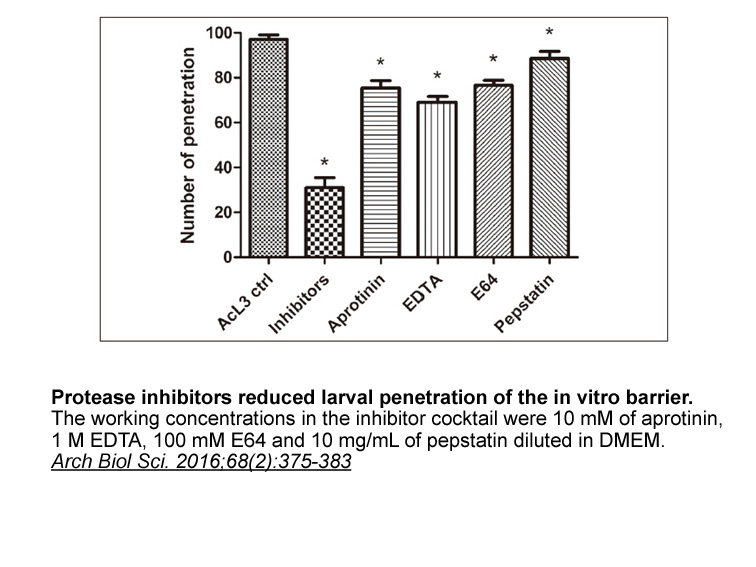
Introduction Heterotrimeric Gαβγ proteins mediate signal transduction through seven-transmembrane domain receptors. In response to neurotransmitters or hormones, activated receptors bind GTP via the Gα subunit leading to the dissociation of Gα from the Gβγ dimer. G proteins regulate the levels of s
15496 records 25/1034 page Previous Next First page 上5页 2122232425 下5页 Last page